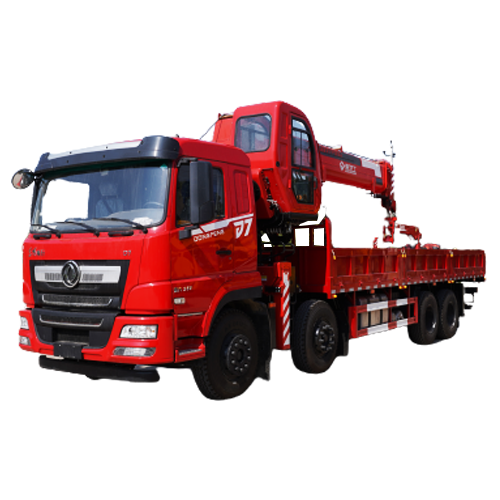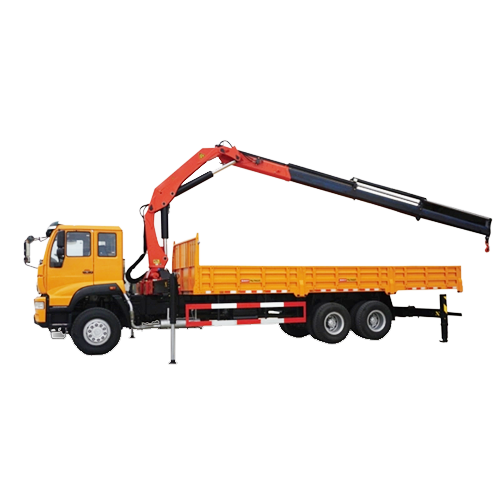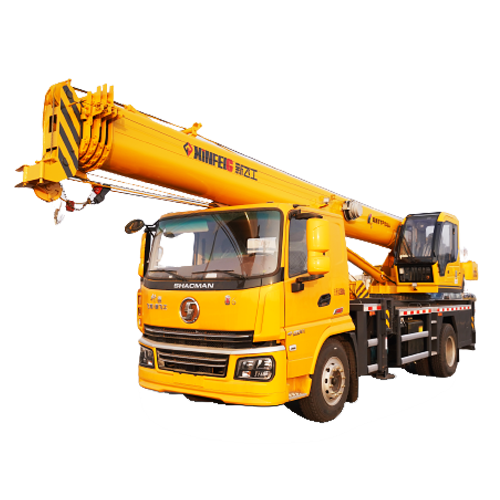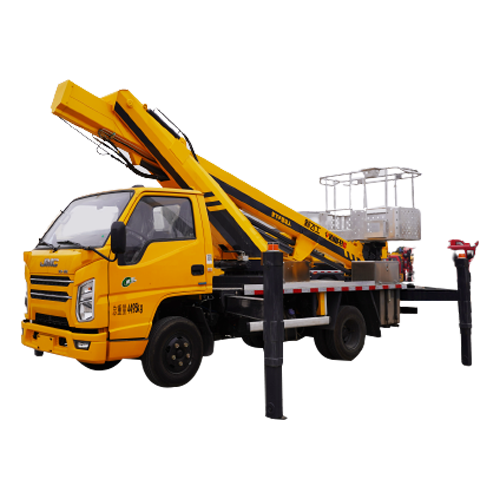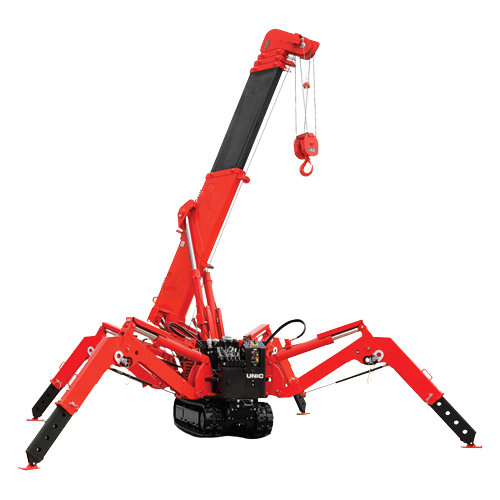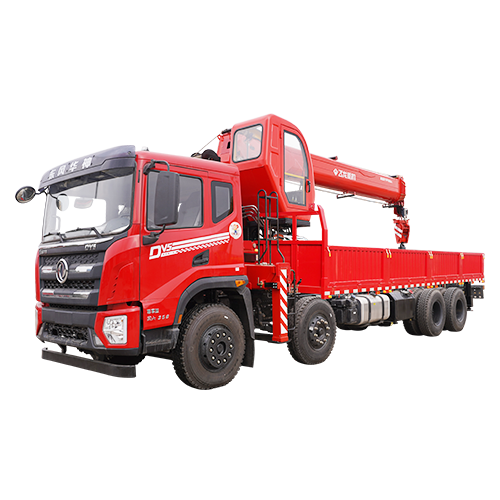Optimizing Efficiency: The Synergy of Trucks and Cranes in Industrial Applications
Release Time:
2025-02-27
In the industrial sector, the combination of trucks and cranes plays a pivotal role in optimizing logistics and material handling processes. Understanding how these machines work together can significantly enhance operational efficiency, safety, and productivity. Here, we delve into the technical aspects of using trucks and cranes in various industrial applications.
Trucks are designed for transportation, capable of moving heavy loads over considerable distances. They come in various configurations and capacities, allowing them to handle different types of cargo. However, when it comes to lifting heavy materials to heights or positioning loads in tight spots, cranes become indispensable. Cranes are engineered to lift, lower, and move materials vertically and horizontally, making them essential for construction sites, warehouses, and manufacturing facilities.
One of the key advantages of using trucks and cranes in conjunction is the seamless transfer of materials. For instance, a crane can load heavy equipment onto a truck, enabling transportation to another site. This synergy not only saves time but also reduces the risk of damage to the materials being moved. Moreover, utilizing both trucks and cranes minimizes the need for manual handling, which can lead to fewer workplace injuries.
Safety is another critical consideration when integrating trucks and cranes in operations. It is essential to ensure that both equipment types are compatible and that operators are trained to handle them safely. Proper communication and coordination between truck drivers and crane operators are vital to prevent accidents. Implementing rigorous safety protocols, such as load limits and pre-operation inspections, can further enhance the safety of operations involving trucks and cranes.
Additionally, advancements in technology have improved the efficiency of both trucks and cranes. Modern cranes often come equipped with sophisticated control systems that allow for precision in lifting and positioning loads. Similarly, trucks can be outfitted with GPS and telematics systems that provide real-time data on vehicle location and load status. This integration of technology not only streamlines operations but also enables better asset management and utilization.
In conclusion, the synergy of trucks and cranes is crucial in various industrial applications. By understanding how to effectively combine these two essential types of equipment, businesses can enhance their operational efficiency while ensuring safety and reducing risks. The use of trucks and cranes together is not just a matter of convenience; it is a strategic approach to improving productivity in an increasingly competitive industrial landscape.
Trucks are designed for transportation, capable of moving heavy loads over considerable distances. They come in various configurations and capacities, allowing them to handle different types of cargo. However, when it comes to lifting heavy materials to heights or positioning loads in tight spots, cranes become indispensable. Cranes are engineered to lift, lower, and move materials vertically and horizontally, making them essential for construction sites, warehouses, and manufacturing facilities.
One of the key advantages of using trucks and cranes in conjunction is the seamless transfer of materials. For instance, a crane can load heavy equipment onto a truck, enabling transportation to another site. This synergy not only saves time but also reduces the risk of damage to the materials being moved. Moreover, utilizing both trucks and cranes minimizes the need for manual handling, which can lead to fewer workplace injuries.
Safety is another critical consideration when integrating trucks and cranes in operations. It is essential to ensure that both equipment types are compatible and that operators are trained to handle them safely. Proper communication and coordination between truck drivers and crane operators are vital to prevent accidents. Implementing rigorous safety protocols, such as load limits and pre-operation inspections, can further enhance the safety of operations involving trucks and cranes.
Additionally, advancements in technology have improved the efficiency of both trucks and cranes. Modern cranes often come equipped with sophisticated control systems that allow for precision in lifting and positioning loads. Similarly, trucks can be outfitted with GPS and telematics systems that provide real-time data on vehicle location and load status. This integration of technology not only streamlines operations but also enables better asset management and utilization.
In conclusion, the synergy of trucks and cranes is crucial in various industrial applications. By understanding how to effectively combine these two essential types of equipment, businesses can enhance their operational efficiency while ensuring safety and reducing risks. The use of trucks and cranes together is not just a matter of convenience; it is a strategic approach to improving productivity in an increasingly competitive industrial landscape.
Related News











